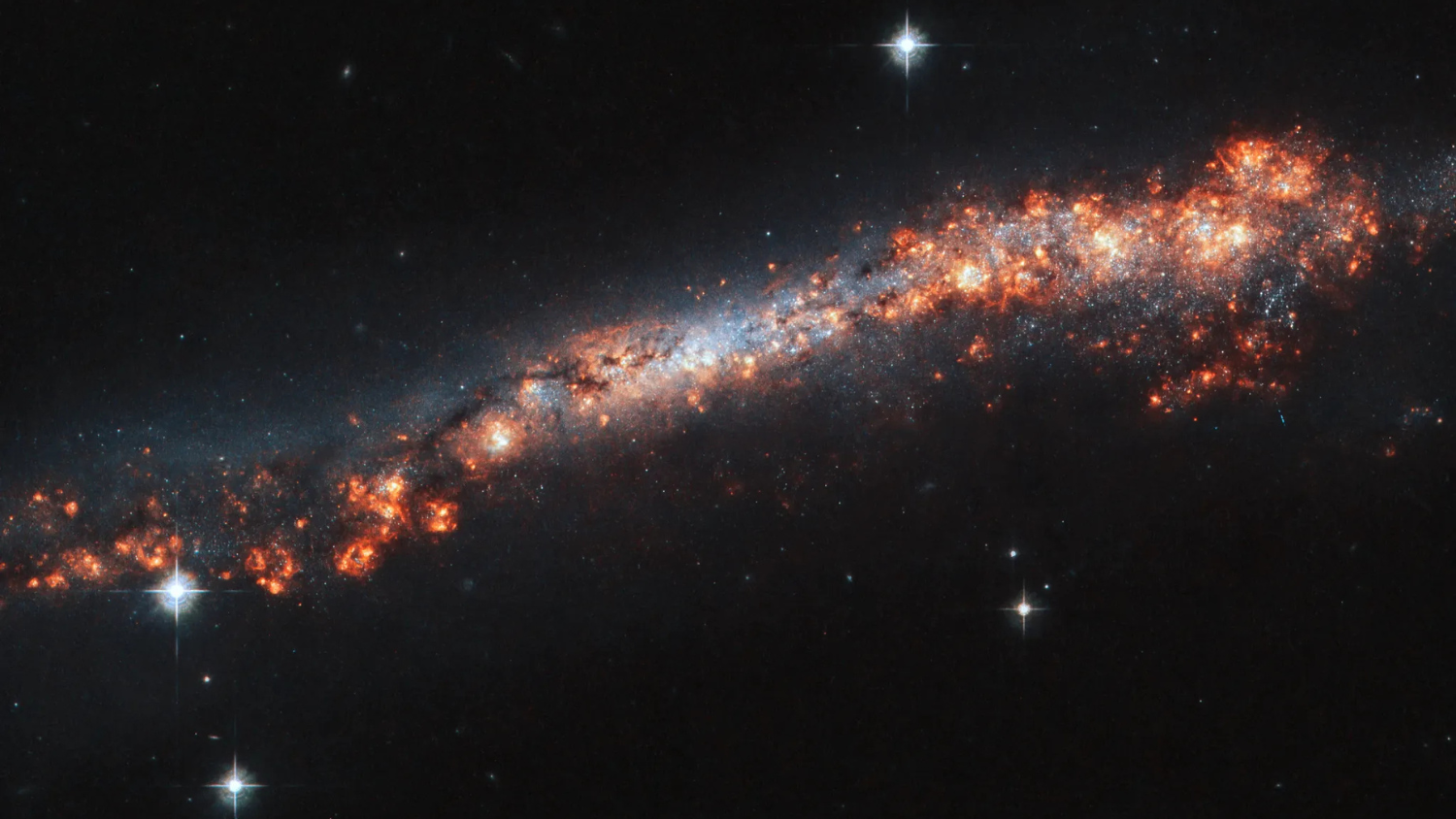North Carolina Space Grant Selects 2024-2025 Graduate Research Fellows
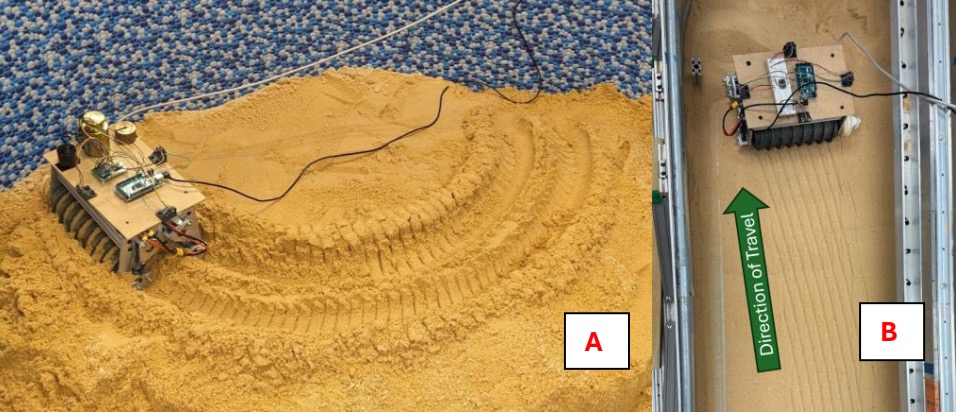
North Carolina Space Grant congratulates its 2024-2025 graduate research fellows. Twenty two graduate students will conduct science, technology, engineering and math (STEM) research to benefit NASA, commercial space or the International Space Station. Students’ projects will investigate STEM topics such as carbon storage, microgravity, and black hole exploration.
“We are excited to announce the largest cohort of Graduate Research Fellows we have ever supported for this award.” said Sandy Canfield, NC Space Grant assistant director. “As a result, there is a vast range of research across all areas of STEM reflective of NASA’s Mission Directorates.”
NASA is broken down into five research-drive areas: aeronautics, human exploration and operations, science, space technology and mission support. The work of NC Space Grant Graduate Research Fellows supports these Mission Directorates.
Students’ research also aligns with the NC Space Grant Strategic Plan to ensure that NC students become trailblazers of diverse STEM-based research and careers.
Congratulations to the 2024-2025 NC Space Grant Graduate Research Fellows!
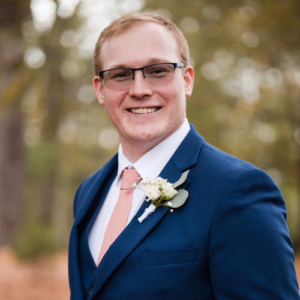
Nathaniel Berry, University of North Carolina at Chapel Hill, Physics, Project: The search for unique white dwarfs in detached M-dwarf + white dwarf binary systems
Berry’s research centers on investigating white dwarfs in binary systems. His project involves spectroscopic analysis to uncover insights into white dwarf spectral types and their prevalence in binaries. By studying these systems, Berry seeks to understand how white dwarfs exhibit emission within close binaries and discover the physical mechanisms responsible for these emission lines.

Riley Bishop, North Carolina State University, Mechanical Engineering, Project: Field Testing, Mission Planning, and Propeller Characterization of a Screw-Propelled Vehicle (SPV) for Planetary Exploration
Bishop’s research focuses on advancing the screw-propelled vehicle (SPV) for planetary surface exploration, particularly on Mars and the Moon. SPVs offer dual locomotion modes—screw and crab-crawl—enabling navigation through hazardous terrain with reduced slipping and increased energy efficiency. Bishop aims to optimize SPV dynamics, path-planning capabilities, and explore its potential as an amphibious vehicle for future planetary exploration missions beyond Mars.
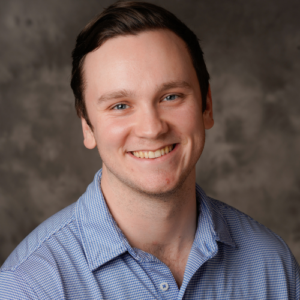
Chip Cervi, Duke University, Mechanical Engineering, Project: An Investigation into the Structural Response of the Stiffened Asymmetric Panel
Cervi’s research focuses on how additive manufacturing can optimize the structural stability of asymmetric panels under axial loading. By varying stiffener sizes and placements, he aims to bolster buckling resistance and understand post-buckling behavior. Using thermoplastics and titanium, Cervi explores material differences and employs load cells and proximity sensors for structural analysis. This study promises insights for aerospace and broader structural engineering, improving the safety and efficiency of lightweight structures.
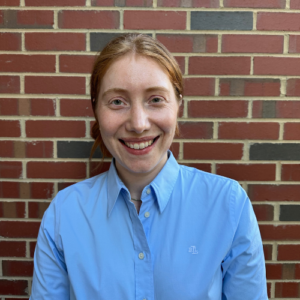
Rebecca Composto, North Carolina State University, Geospatial Analytics, Project: Applying Machine Learning and Satellite Imagery to Quantify Hurricane Flood Extent in Wilmington, North Carolina
Composto’s research enhances flood mapping in urban areas vulnerable to hurricanes and floods, particularly in North Carolina. Using satellite imagery and machine learning, her model aims to produce accurate flood maps for events like Hurricanes Florence, Dorian, and Isias. By merging satellite and process-based flood maps, her work works to improve urban resilience against climate-induced flood risks, allowing affected communities to be more prepared.

Alden Contreras, North Carolina Agricultural and Technical State University, Nanoengineering, Project: A continuous system for the manufacturing of boron nitride derived materials for aerospace applications
Contreras’ research aims to advance aerospace technology with boron nitride-based materials known for superior mechanical and thermal properties. Focusing on a continuous synthesis and purification system for borazine, the project seeks to improve efficiency and safety while scaling up production, with potential applications in other high-performance industries.
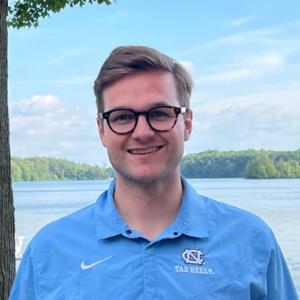
Brian Cook, University of North Carolina at Chapel Hill, Physics, Project: A New Approach to Globular Cluster Modeling with Star-by-Star Resolution and its Applications to Galactic Archaeology
Cook’s research centers on developing the Chapel Hill Cluster Code (CHC), a new simulation tool to study how globular clusters (GCs) evolve within the Milky Way and nearby galaxies. The CHC aims to model GC dynamics to better understand their formation and evolution. This work addresses computational challenges in astrophysics, providing insights into galaxy growth mechanisms and the role of dark matter in the Local Group.
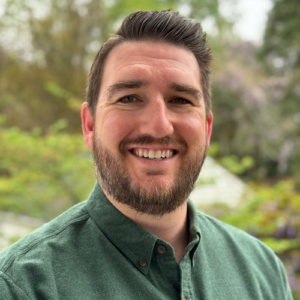
Nick Corak, Wake Forest University, Physics, Project: Disentangling Burn Severity and Vegetation Regrowth Dynamics Following Prescribed Fire Across North Carolina
Corak’s research project studies the effects of fire on vegetation regrowth dynamics across a gradient of North Carolina ecosystems and climates through a combination of ground observations and NASA satellite remote sensing data. This work will add to scientific literature on how fire impacts vegetation health, being the first of its kind to use ground observations to validate remotely-sensed leaf area index (LAI) after fire.

Mae Dubay, University of North Carolina at Chapel Hill, Astrophysics, Project: Development of a Compact, Versatile Polarimeter for <1.0m Robotic Telescopes
Dubay’s project aims to develop an automated instrument for polarimetry of gamma-ray bursts (GRBs) at the Cerro-Tololo Inter-American Observatory in Chile. The instrument will facilitate polarimetric and photometric observations crucial for understanding GRB mechanisms. Integrated into Skynet‘s framework, the project involves hardware development, software adaptation, and on-site testing to advance early GRB research.
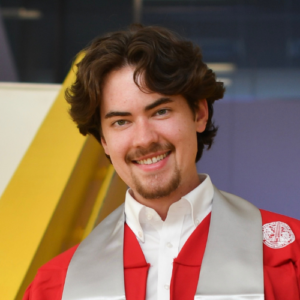
John Gillespie, North Carolina State University, Aerospace Engineering, Project: Investigating the Effect of Wind Gusts on Flow in the Urban Airspace using a Wind Gust Generator
Gillespie’s research focuses on enhancing aircraft safety in urban environments by investigating the effects of wind gusts around buildings. Gillespie’s project involves constructing a wind gust generator to simulate realistic gust conditions around scaled skyscrapers. The research aims to validate computational models and improve understanding of aerodynamics, particularly for rotary-wing aircraft in urban airspace used increasingly by drones and small aircraft.

Patrick Haughey, North Carolina State University, Applied Mathematics, Project: Optimal SAR Imagery Recovery through Ionospheric Perturbation Analysis
Haughey’s research focuses on optimal synthetic aperture radar (SAR) imagery recovery and the impact of ionospheric disturbances. SAR technology is important for geospatial imaging and environmental monitoring but is affected by atmospheric challenges, especially the layer of the Earth’s atmosphere that contains a high concentration of ions and free electrons- the ionosphere. Haughey aims to enhance SAR autofocus algorithms through statistical analysis of synthetic scenarios, benefiting applications both on Earth and in space.
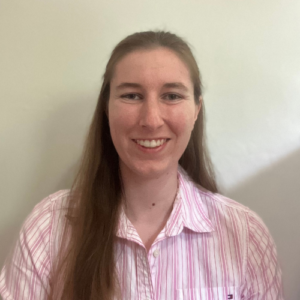
Morgan Heckman, Duke University, Mechanical Engineering and Materials Science, Project: Patterning Biomaterials for Long Term Space Missions
Heckman’s research focuses on using Bacillus megaterium, a rod-like, Gram-positive, mainly aerobic, spore-forming bacterium found in widely diverse habitats, to pattern calcium carbonate deposits within biofilms- essential for constructing tools and structures in space without transporting raw materials. Heckman uses blue light to regulate bacterial growth rates and investigates how blue light affects bacterial membrane potentials and protein production, enhancing the ability to engineer biomaterials effectively for long-term space missions.
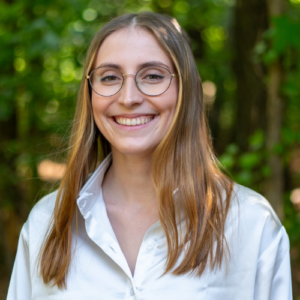
Samantha Holmes, Duke University, Electrical and Computer Engineering, Project: Investigating the Effects of WS2 FET Contact Structure on Local Heating
Holmes is researching tungsten disulfide (WS2) field-effect transistors (FETs) to optimize their thermal performance for semiconductor and space applications. Her research involves mapping local heating using an AFM-coupled system and optimizing FET structures at Duke’s Franklin group lab and Shared Materials Instrumentation Facility (SMIF). This work aims to advance electronics for both space exploration and semiconductor technology.
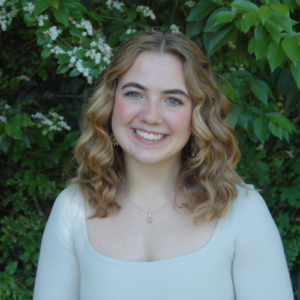
Mackenzie Hoey, East Carolina University, Bioenergetics and Exercise Science, Project: A finite element analysis of the effects of microgravity and return to gravity on cervical spine biomechanics
Hoey’s research focuses on understanding the effects of spinal flattening, spine lengthening, multifidus atrophy, and bone mineral density loss in spaceflight and in return to Earth. These effects would apply to astronauts, but could also be linked to the general population through the rise of cellphones and the occurrence of cervical lordosis, an exaggerated inward curve of the spine.
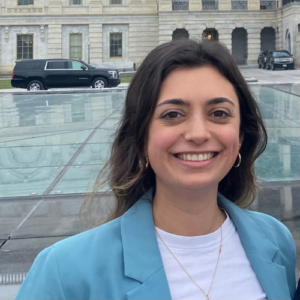
Sophia Kressy, University of North Carolina at Chapel Hill, Physics, Project: Minimal 3D Magnetic Field Reconstruction from Polarimetry and Zeeman Observations
Kressy’s research focuses on reconstructing the three-dimensional (3D) geometry of magnetic fields in star formation regions. Her work aims to develop a software tool to integrate plane-of-sky and line-of-sight observations, bridging theory and observation in the study of magnetic fields’ role in star formation dynamics. This research contributes to advancing understanding of magnetic field complexities across different spatial scales.
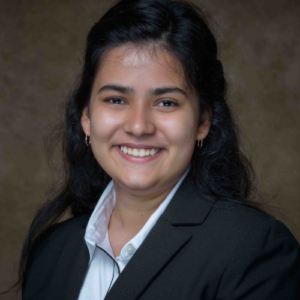
Anjali Kumari, North Carolina Agricultural and Technical State University, Nanoengineering, Project: Role of Small Extracellular Vesicles (sEVs) in Evaluating Disease Progression in Microgravity
Kumari’s research investigates exosome isolation and biomarker detection through the construction of a reusable lab-on-chip device. The use of exosomes, which carry RNA, proteins, and lipids between different cells, allows for the study of cellular changes as they relate to internal and external stimuli, making this work applicable to disease progression. This research aims to expand on tools used to identify disease in instances of microgravity, especially brain-related issues.
Duncan Maclean, University of North Carolina at Chapel Hill, Physics, Project: Probing Black Hole Formation in the Mass Gap with C12(a,g)O16
Maclean’s research focuses on probing the influence of C12(a,g)O16 rates on stellar evolution and black hole (BH) formation through advanced computational methods. His project aims to understand how varying core chemical abundances affect stellar outcomes. This work aims to bridge theoretical models with observational data and contribute to resolving uncertainties in massive star evolution and the BH mass gap.

Charles Naney, North Carolina Agricultural and Technical State University, Applied Science and Technology, Project: Acclimative response of Streptococcus mutans adapted in simulated microgravity to lunar regolith
Naney’s research investigates how Streptococcus mutans biofilms adapt to simulated microgravity (sMG) and lunar regolith simulant (LRS), simulating space environments. Using experimental evolution techniques, the project aims to culture S. mutans under sMG and expose it to LRS for 100 days in high aspect ratio vessels and on hydroxyapatite discs mimicking tooth surfaces. These findings will aid in the understanding of microbial evolution under space-related stressors in preparation for future space missions.
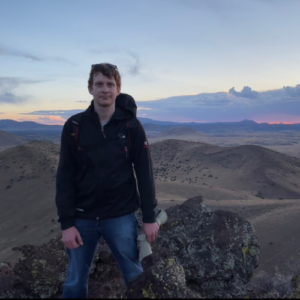
Matthew Romm, North Carolina State University, Marine, Earth, and Atmospheric Science, Project: Phytoplankton Response to North Atlantic Dust Deposition
Romm’s research investigates the impact of individual dust deposition events on phytoplankton biomass in the North Atlantic Ocean. Phytoplankton in this region often face nutrient limitations, particularly iron. This study aims to refine understanding of phytoplankton’s physiological responses to dust deposition, contributing to broader insights into biogeochemical cycles and Earth’s climate system, aligning with objectives of NASA’s PACE satellite mission.
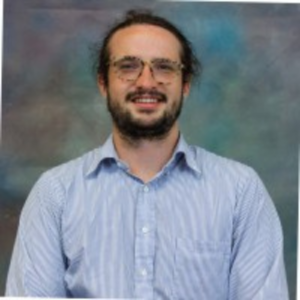
Daniel Saraphis, University of North Carolina at Charlotte, Engineering, Project: Enhancing Human-Automation Teaming Through Learning-Based Scenario Model Predictive Control
Saraphis’ research focuses on enhancing Human-Automation Teaming (HAT) for NASA’s autonomous vehicle operations, aiming to optimize control authority exchange between humans and automation under dynamic and uncertain conditions. The research addresses the challenge of balancing human preferences with mission safety and performance by developing learning-based arbitration mechanisms.
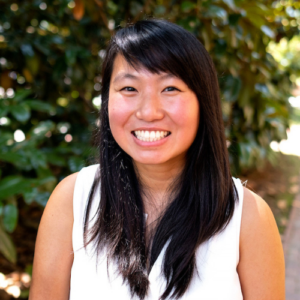
Pa Chia Thao, University of North Carolina at Chapel Hill, Physics and Astronomy, Project: Constraining the Transit Timing Variations of HIP 67522 b
Thao’s research investigates transit timing variations (TTVs) of HIP 67522 b, a 17 million year old gas giant, using James Webb Space Telescope (JWST) data. The project analyzes over five years of photometric observations to model TTVs and understand the planetary system dynamics. By studying TTVs, the aim is to determine HIP 67522 b’s mass and identify other celestial bodies affecting its orbit, crucial for understanding its formation and evolution compared to older planets.
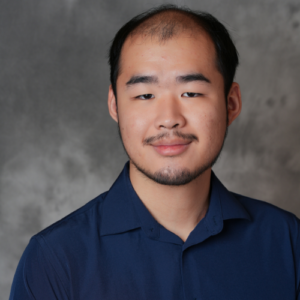
Vincent Wang, Duke University, Mechanical Engineering, Project: Development of a Global Model-Based Force Control Scheme for Autonomous Robotic Ultrasound
Wang’s research focuses on developing a global model-based force control scheme for Autonomous Robotic Ultrasound (ARUS) systems, particularly beneficial in space and medical applications. Ultrasound’s radiation-free and portable nature makes it ideal for diagnosing various health concerns in astronauts. Wang aims to enhance force control by using global mesh models, overcoming previous limitations with reinforcement learning and simplified anatomies.

Harry Xu, Duke University, Mechanical Engineering, Project: Evaluating the Effectiveness of Computational Approaches in Capturing 3D Effects From Hypersonic Shock-Wave Boundary Layer Interactions
Xu’s research aims to advance in the understanding of hypersonic shock-wave/boundary-layer interactions (SBLI) and their computational analysis. Xu’s primary focus is on evaluating how well computational methods capture 3D effects in hypersonic SBLI and exploring the efficiency of reduced order modeling techniques like harmonic balance. This work will offer insights into optimizing hypersonic vehicle design and propulsion systems.
Fellows will present their research at the NC Space Symposium, a day-long event that brings together students, academics, NASA representatives, industry professionals, and many others working in space and NASA-related fields. The symposium will take place on Friday, April 11, 2025 in Raleigh, NC.
- Categories:

